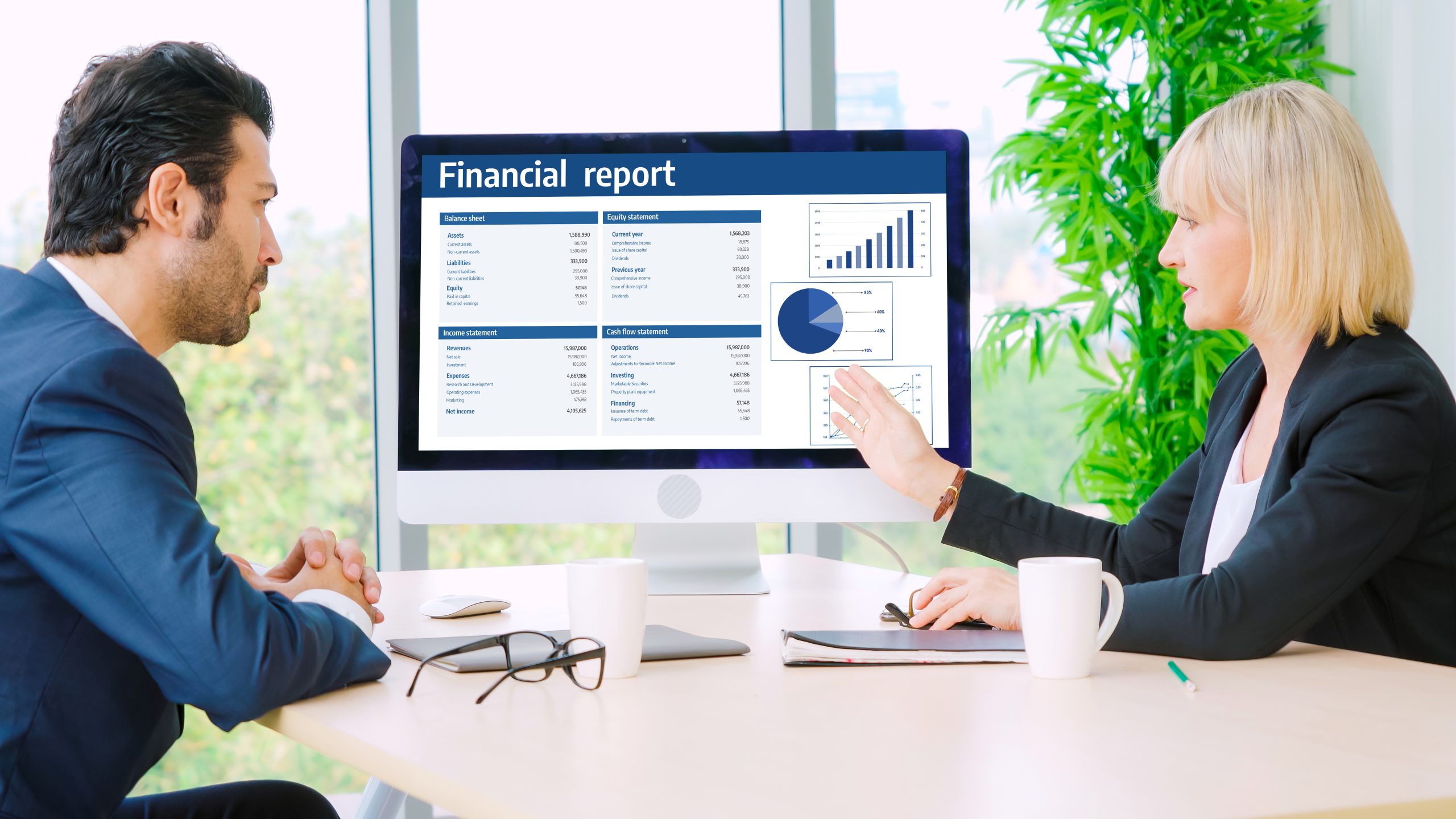Financial health refers to the state of an individual’s personal financial situation. It includes income, expenses, savings, investments, and the ability to meet both current and long-term financial obligations. Think of it as a snapshot of someone’s financial well-being, just like a medical check-up reveals physical health.
Financial health is essential because it directly impacts one’s quality of life, ability to achieve goals, and stress levels. Poor financial health can lead to increased debt, inability to save, and failure to meet future financial goals such as retirement. Therefore, regularly conducting a financial health check helps prevent these issues and ensures long-term stability.
Before starting a financial health check, it’s essential to gather all the necessary financial documents. This includes bank statements, income proof, investment details, tax returns, insurance policies, debt statements, and any other relevant financial information. Having a complete picture of your client’s financial situation is key to making accurate assessments.
Once all documents are in place, the next step is understanding your client’s financial goals. These could range from buying a home, saving for education, or planning for retirement. Understanding their goals allows you to tailor your advice and ensure that their current financial habits align with their future aspirations.
Income forms the foundation of financial health. During the financial health check, it’s important to review all sources of income, whether from a regular job, freelancing, investments, or other avenues. A diversified income portfolio is often more stable and resilient.
It’s not just the amount of income that matters, but its stability. Regular, predictable income is critical for consistent financial planning. Identify if your client’s income sources are reliable or if they face uncertainty, which may require adjustments to their financial strategy.
Expenses can be broadly categorized into fixed and variable expenses. Fixed expenses include rent or mortgage, utilities, and insurance payments, while variable expenses include entertainment, dining out, and other discretionary spending. Proper categorization helps in understanding where the money goes each month.
A financial health check is a good time to identify and eliminate unnecessary expenses. Are there subscriptions your client doesn’t use? Or perhaps they’re overspending in certain categories. Trimming these costs can free up money for more important financial goals like saving or investing.
Debt is often classified into two types: secured and unsecured. Secured debt, such as mortgages or auto loans, is tied to an asset, whereas unsecured debt includes credit cards or personal loans. Understanding these types helps in creating a plan for debt management.
Once you’ve reviewed the types of debt, the next step is assessing your client’s ability to repay them. High-interest debts should be a priority, as they can spiral out of control if not managed correctly. Create a repayment plan to ensure that your client can handle their debt load without stress.
Assets are divided into liquid (easily convertible to cash, like stocks) and fixed (like real estate). During the financial health check, identify all of your client’s assets and their current market value.
It’s essential to understand the liquidity of your client’s assets. Liquid assets are easier to access in case of emergencies, while fixed assets may require more time and effort to convert into cash. Balance between these two types of assets is critical for a healthy financial portfolio.
Cash flow analysis looks at the inflows and outflows of money over time. Positive cash flow indicates that income exceeds expenses, while negative cash flow means that more money is going out than coming in. This is a fundamental part of assessing financial health.
Improving cash flow can be done by either increasing income or reducing expenses. Encourage your clients to negotiate bills, cut down on discretionary spending, or look for side income opportunities to maintain positive cash flow.
An emergency fund acts as a financial safety net during unexpected situations, such as job loss or medical emergencies. Typically, it should cover 3 to 6 months of living expenses.
Building an emergency fund can be achieved by setting aside a small portion of income each month into a separate savings account. Consistency is key here, even if the contributions are small at first.
Reviewing your client’s investment portfolio is crucial during a financial health check. Are their investments aligned with their risk tolerance and financial goals? Check for underperforming assets and suggest alternatives if necessary.
A well-diversified portfolio reduces risk. Make sure that your client’s investments are spread across different asset classes, industries, and geographical regions to minimize the impact of market volatility.
Insurance is vital for protecting against unforeseen events. Review your client’s insurance policies to ensure they have adequate coverage, whether it’s health, life, property, or disability insurance.
Life insurance, health insurance, auto insurance, and property insurance are the main types to consider. Make sure your clients are adequately covered and not overpaying for redundant policies.
Effective tax planning can save your clients significant amounts of money. Review their income, investments, and other financial activities to ensure they are taking advantage of available deductions and credits.
Encourage tax-efficient investment strategies, such as tax-free retirement accounts or capital gains tax reduction methods, to help your clients minimize their tax burden.
Retirement planning should be a key focus during a financial health check. Are your clients on track to retire when they want? Review their savings and investment strategies to ensure they align with their retirement goals.
Ensure that your clients are contributing enough to their retirement funds, and that their investments are growing in a way that will provide for their needs during retirement.
Estate planning is crucial to ensure that your client’s assets are distributed according to their wishes after they pass away. Make sure they have a will and other necessary documents in place.
Discuss strategies for estate planning, including setting up trusts, gifting assets, and designating beneficiaries. Proper estate planning can minimize tax liabilities and ensure a smoother transition for heirs.
Credit scores are a vital part of financial health, as they impact everything from loan approvals to interest rates. Regularly reviewing your client’s credit score helps identify any issues and opportunities for improvement.
Improving credit scores can be done by paying bills on time, reducing debt, and avoiding opening new credit lines unnecessarily. Encourage your clients to monitor their scores regularly.
Conclusion :
Conducting a financial health check for your clients is not a one-time task, but an ongoing process that should be done regularly. By reviewing income, expenses, debt, assets, and other critical factors, you can ensure that your clients are on the right path toward financial stability and success. Keep in mind that financial health isn’t just about numbers—it’s about peace of mind and the ability to achieve long-term goals.
FAQs :
Q1: What is the first step in conducting a financial health check?
The first step is gathering all necessary financial documents and understanding your client’s financial goals.
Q2: How often should a financial health check be done?
Ideally, a financial health check should be done annually or whenever there is a significant change in your client’s financial situation.
Q3: Why is an emergency fund important?
An emergency fund provides financial security during unexpected situations like job loss or medical emergencies.
Q4: How can I help my client improve their cash flow?
Encourage them to either increase their income or reduce unnecessary expenses to maintain positive cash flow.
Q5: What role does tax planning play in financial health?
Tax planning helps clients minimize their tax liabilities, maximizing their savings and investments.
Interested in improving your customer satisfaction, increasing client retention, preventing revenue leakage, maximizing efficiency and effectiveness? Register for a demo of ERPCA, India’s first multi-lingual, mobile-app based practice management software for CA firms, tax consultants, financial services advisory firms and more. Better still, sign up for a 14-day free trial of ERPCA and see for yourself the wonderful features and benefits of this software.










